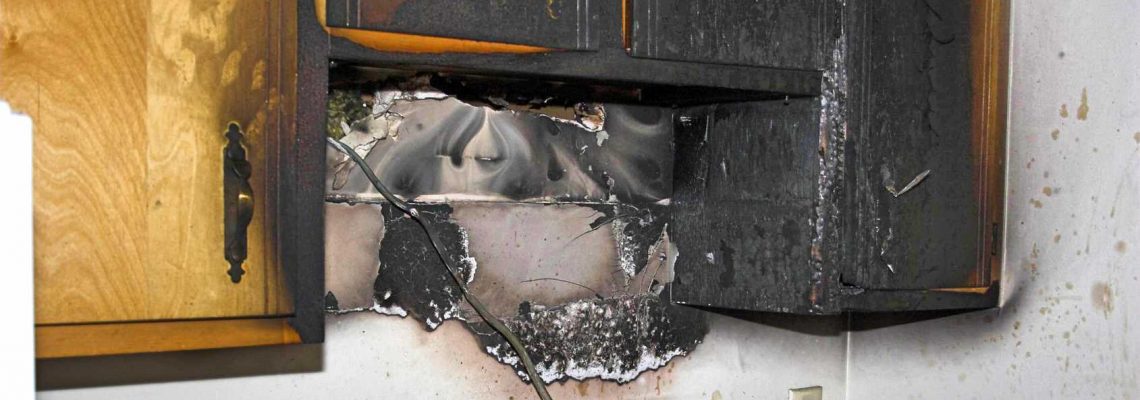House fires vary greatly in size and severity. Some homeowners may believe that their homes and families will be safe if the fire has been contained quickly, but unfortunately, this isn’t always the case. The reality is that the damage and danger caused by house fires can continue long after the last of the flames have been extinguished.
If your household has experienced smoke damage in Springfield Missouri, you owe it to yourself and your family to find out about some of the lasting impacts it can have on human health and building safety. Learn more about soot and the distinct threats that it poses if not treated properly.
What is Soot?
Soot occurs due to the incomplete combustion of wood, oil, coal, and other fossil fuels. It is nearly always present during house fires, leaving behind unsightly residue and unpleasant odors that can persist for some time after the fire itself has been put out.
House fires aren’t the only potential sources of soot in your home. Poorly ventilated fireplaces, woodstoves, and even the excessive use of candles can also cause soot buildup. This unpleasant substance then travels throughout the home, attaching to surfaces and causing problems with both indoor air quality and the household’s possessions.
Is Soot Dangerous?
Soot often contains chemicals, acidic substances, and metals in addition to soil and dust. Even a small amount of these toxins can have a negative impact on indoor air quality. In fact, soot exposure is known to cause as many as 300,000 asthma attacks each year and is a common cause of particle exposure-related deaths in the United States.
Those who already suffer from breathing problems or immune system disorders are most susceptible to soot-related respiratory diseases, although young children and elderly residents may also find that they are more likely to struggle with the after-effects of house fires.
The soot left behind after a fire can enter your body through a variety of means, not just inhalation. Toxic particles can also be ingested or absorbed through the skin and eyes, going on to cause problems such as coronary heart disease, bronchitis, and cancer.
How Can Soot Be Removed?
It’s important that homeowners and their families take adequate precautions when dealing with soot buildup, smoke damage, and the other after-effects of house fires, as soot derived from the many chemicals, plastics, and synthetic fabrics found in most homes can be quite toxic. Anyone who will be coming into contact with these materials should wear specialized safety equipment designed to protect their lungs, skin, and eyes. This will help to decrease the risk of exposure.
Restoring indoor air quality to a healthy level after a fire isn’t a simple matter of donning a dust mask and scrubbing exposed surfaces with household cleaners. Specialized air scrubbers and thermal foggers must also be used to ensure that all remaining residue and odors have been thoroughly removed from the home.
Get Help Now
If you’re still on the fence about whether or not it’s worth hiring a professional, please keep in mind that it’s not worth risking the health of your family and the structural integrity of your building after a fire for the sake of saving a few dollars. If your home has recently undergone fire damage, you can call PuroClean Certified Restoration in Springfield Missouri for an estimate today to get the help you need.


